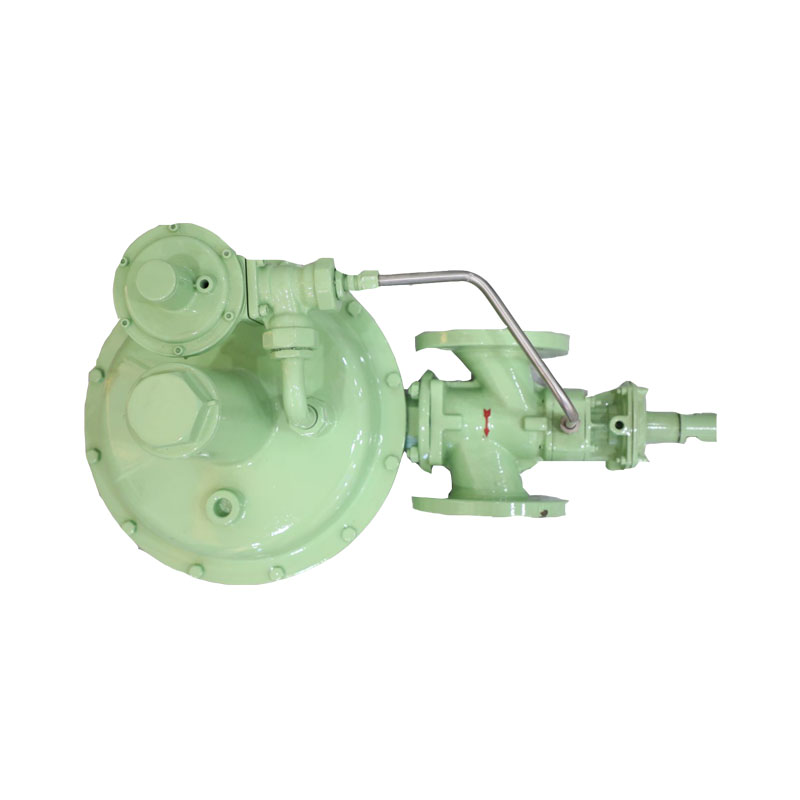
7 月 . 10, 2024 11:20
Back to list
Separation of particles using a cyclone separator for industrial applications and efficiency.
A cyclone separator is a crucial piece of equipment used in various industries for the separation of solid particles from a gas or liquid stream. The device operates on the principle of centrifugal force, where the incoming mixture is forced into a spiral flow pattern inside a cylindrical chamber. As a result, the heavier particles are thrown outward towards the walls of the chamber, while the lighter particles or clean gas/liquid exits through the top of the cyclone.
One of the key advantages of using a cyclone separator is its simplicity and low maintenance requirements. Unlike other separation techniques that rely on filters or screens, cyclone separators do not have any moving parts or consumable components that need to be replaced regularly. This makes them ideal for applications where continuous operation is necessary without frequent interruptions for maintenance.
Another benefit of cyclone separators is their high efficiency in removing solid particles from a gas or liquid stream. The centrifugal force generated inside the cyclone chamber can easily separate particles of different sizes and densities, making it suitable for a wide range of applications. In industries such as mining, oil and gas, food processing, and pharmaceuticals, cyclone separators are used to remove dust, dirt, sand, or other contaminants from the process stream.
Furthermore, cyclone separators are versatile and can be used in combination with other separation techniques to improve overall efficiency

cyclone separator. For example, in a multi-stage separation process, cyclone separators can be used as a pre-filter to remove larger particles before the stream enters a more fine filtration system. This not only enhances the overall performance of the system but also prolongs the lifespan of downstream equipment. Despite their numerous advantages, cyclone separators also have some limitations that need to be considered. For example, the efficiency of a cyclone separator is highly dependent on the flow rate and pressure of the incoming stream. If the flow rate is too low, the centrifugal force may not be strong enough to separate the particles effectively. On the other hand, if the flow rate is too high, there is a risk of particles being carried over with the clean gas/liquid stream. In conclusion, cyclone separators are an essential tool for achieving efficient particle separation in various industries. With their simple design, low maintenance requirements, high efficiency, and versatility, cyclone separators offer a cost-effective solution for many separation applications. By understanding the principles and limitations of cyclone separators, engineers and operators can maximize their performance and optimize their processes for better results.

cyclone separator. For example, in a multi-stage separation process, cyclone separators can be used as a pre-filter to remove larger particles before the stream enters a more fine filtration system. This not only enhances the overall performance of the system but also prolongs the lifespan of downstream equipment. Despite their numerous advantages, cyclone separators also have some limitations that need to be considered. For example, the efficiency of a cyclone separator is highly dependent on the flow rate and pressure of the incoming stream. If the flow rate is too low, the centrifugal force may not be strong enough to separate the particles effectively. On the other hand, if the flow rate is too high, there is a risk of particles being carried over with the clean gas/liquid stream. In conclusion, cyclone separators are an essential tool for achieving efficient particle separation in various industries. With their simple design, low maintenance requirements, high efficiency, and versatility, cyclone separators offer a cost-effective solution for many separation applications. By understanding the principles and limitations of cyclone separators, engineers and operators can maximize their performance and optimize their processes for better results.
Latest news
-
Unlocking The Quality Gas Pressure ReducersNewsNov.01,2024
-
The Role of Gas Pressure Reducing StationsNewsNov.01,2024
-
The Importance and Functionality of Safety Relief ValvesNewsNov.01,2024
-
The Essential Role of Safety Valves in Natural Gas ApplicationsNewsNov.01,2024
-
The Essential Role of Gas Pressure RegulatorsNewsNov.01,2024
-
Enhance Your Premium Gas FiltersNewsNov.01,2024

